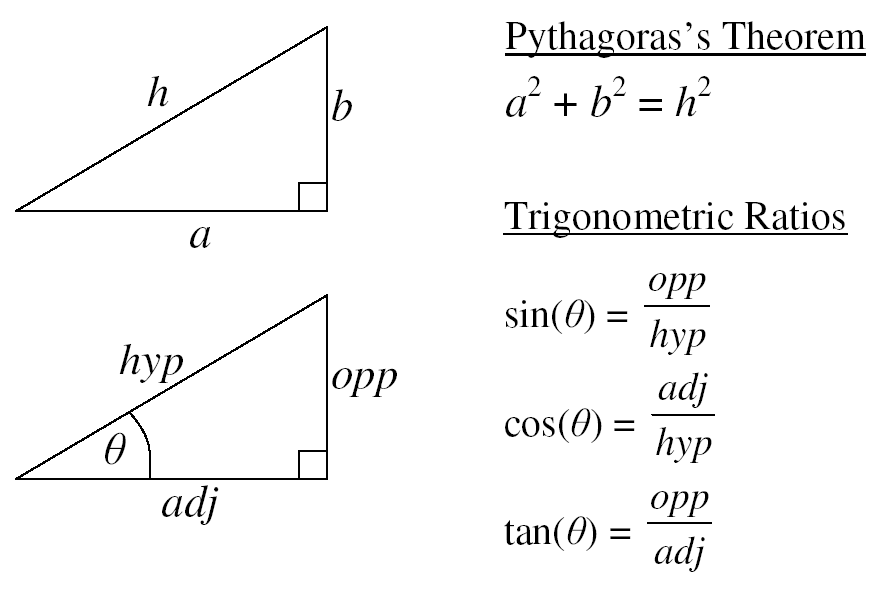The sine and cosine of an angle are trigonometric functions. Both are defined in the context of a right triangle. The sine defines the angle’s elongation, while the cosine denotes the angle’s acuteness. In the context of the right triangle, an acute angle has a sine of 60. The inverse of cosine is called arccosine. You can calculate the cosine of an angle by using the inverse of its sine.
Inverse function of cosine is arccosine
Inverse functions of cosines and arcsines have the same graph, with the same name. Y = arccos(x) is an example of an inverse function. It is a restriction on the domain, but the inverse function is always the same. Here are some examples of inverse functions. This article will explain how they work. But before we proceed, let’s look at the definition of arccosine.
The cosine function is one of the trigonometric functions. Inverse functions are often called arc functions. They are used to solve many problems in mathematics. Unlike cosine, the inverse function of a trigonometric function is a one-to-one relationship. When an angle is unknown, an inverse function is used to find the angle. It can be written as cos-1 (x) or arccos(y).
The inverse cosine function is a bijective function, and its domain is restricted to intervals. When x is positive, the result will be a quadrant angle, and vice versa. For a negative value, it will be an angle in the opposite quadrant. Therefore, if you divide the cosine by arccosine, you’ll get the arccosine.
Inverse function of sin is tan
Inverse functions of sin, cosine, and tan evaluate the original function without any special angles. These functions can be evaluated with the use of a calculator. Most scientific calculators have buttons for these functions labeled SIN-1 and ARCSIN. You can also find them written as arcsin x and arctan x. The inverse functions of these functions are also called arccosc and arcsec.
The inverse function of sin is tan is equivalent to the sine, which is the reciprocal of the secant function. To prove the inverse of a function, we must first define its domain. The inverse of any function must exist within the same domain. This is why the inverse function of sin is tan cannot be found if it is defined by an incorrect domain. The following equations give the inverse of sin.
The inverse function of sin is tan has a very simple formula to determine its derivative. For example, tan-1x = x when x is an even multiple of p. Similarly, tan-1x is the inverse of cot-1x. Interestingly, the inverse function of sin is tan is not the same as tan-1. In fact, tan-1 is the only value of tan that is an odd multiple of p/2.
Read also: gallery dept
